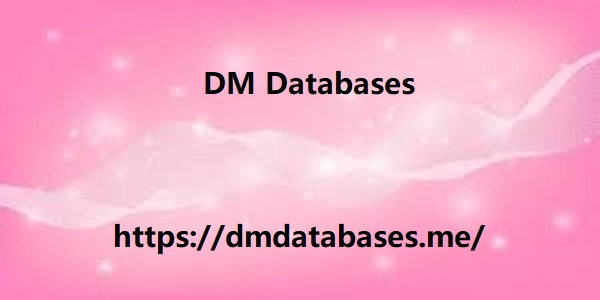|
|
Of team results precisely because of its good coexistence and sense of responsibility. Almost all the qualities of a leader are concentrated in the planner, but it is worth pointing out that he may have a tendency to pessimism and fear that everything will not go according to plan. How to identify employees’ behavioral profiles? As you have seen, each profile has its strengths and weaknesses and the interesting thing is to put together balanced and plural teams, with people with different personalities. To do this, it is important to identify these profiles and there are several ways to do this within the company. Check out some of them: DISC behavioral analysis It is a methodology focused on objective questions with different alternatives and the analysis is carried out based on the answers. The objective is to understand the person's mental model, that is, how they think and act. This way, it is possible to enhance skills and improve results.
DISC was created in 1920 by William Marston, PhD in Psychology from Harvard University, and is still widely used today. The interpretation of the results varies according to the acronym DISC, which means: dominance: indicates how a person reacts to difficulties and refers to control, power and assertiveness; influence: concerns communication, interpersonal relationships, power of influence and ability to work in a DM Databases group; stability: related to resilience, patience and persistence; caution: indicates whether a person is willing to accept the rules. DISC is a highly regarded and accurate method for diagnosing professionals' skills. Furthermore, it can also be applied in the recruitment process to help select the most accurate talent for the organization. STAR behavioral interview Another way to analyze the behavioral profile of employees is through the STAR methodology, which is great for organizing responses based on real examples.

This way, you can analyze whether the professional in question has experience and competence for a given role. It is very useful, especially when recruiting. To make it clearer how it works, imagine the following question: “how do you deal with frustrations at work?” The answer must use the acronym STAR: situation: describe a situation in which you had to deal with frustration at work; task: what was your responsibility, that is, what needed to be done, what were the adversities; action: what actions were taken to resolve the problem and how you arrived on this path; result: what were the results achieved from the actions taken. Performance evaluations The performance assessment does not aim to draw a behavioral profile, but it can also be useful at this time, helping to understand the strengths and weaknesses of professionals. It is a tool used with the aim of evaluating the performance of employees, therefore, it also helps to highlight skills and abilities, in addition to contributing with concrete examples of reactions and behaviors.
|
|